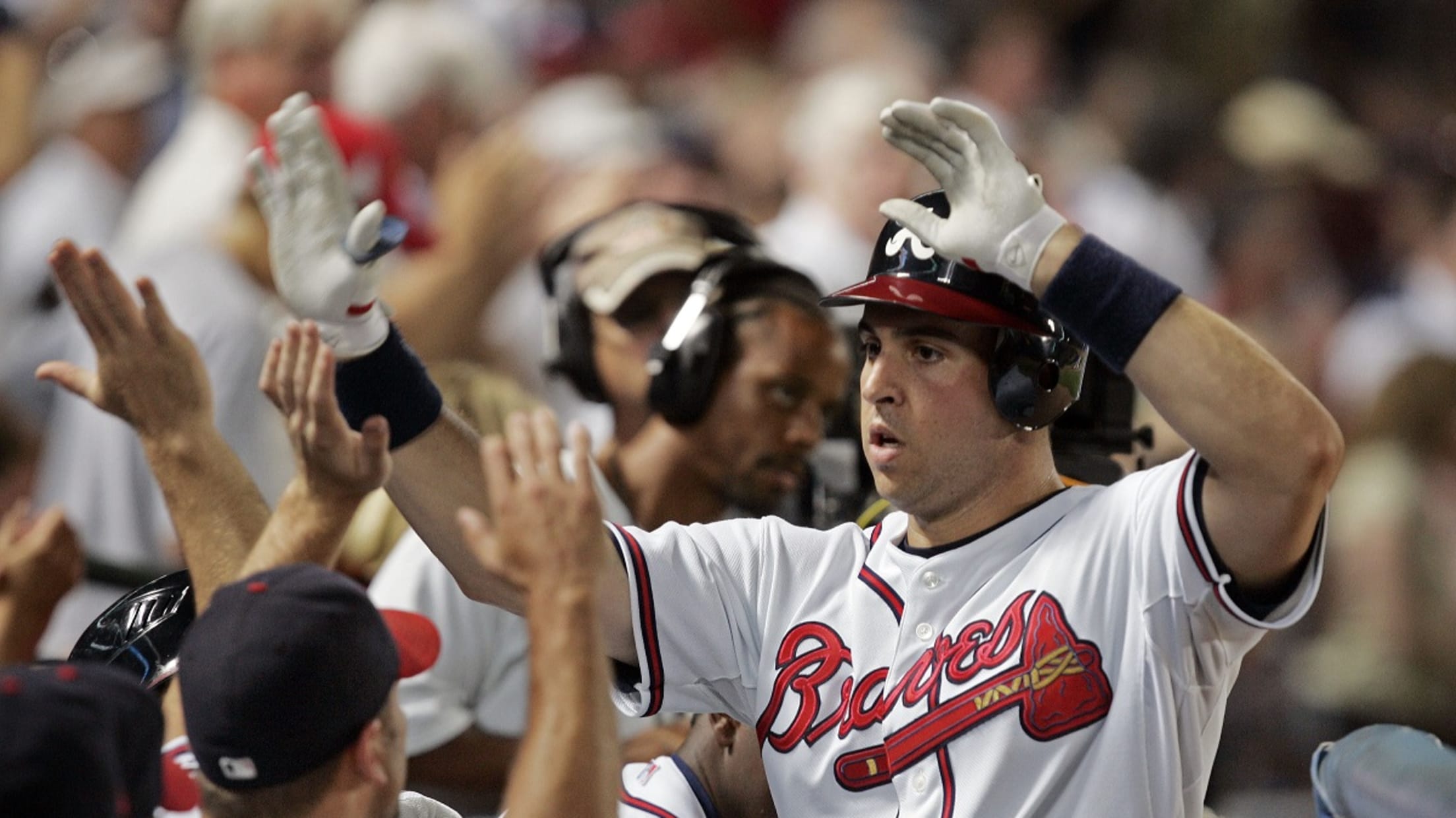Which GIFs might baseball's GMs have used to react to the biggest trades in MLB history?

Being a Major League GM is a high-stakes job. You're constantly searching for ways to improve every aspect of your team, while going up against 29 other executives with the exact same goal in mind.
Given that, it's natural to assume that trade talks are an intense affair, full of poker faces and innuendo and brinkmanship. Which is probably true ... plus the occasional GIF or two.
One thing I learned at #MLB GM Meetings: not only do GMs use emojis when texting about deals, some have been known to respond to trade offers with choice GIFs
— Ben Nicholson-Smith (@bnicholsonsmith) November 16, 2017
General managers: They're just like us. That delightful little detail got us thinking, though: What GIFs may have -- or should have -- been deployed after some of the most iconic trades in baseball history went down? It's time to speculate.
Yankees trade for Babe Ruth (1919)
The Curse of the Bambino was born on Dec. 26, 1919, when the Red Sox sold Ruth to the Yankees for a sum of $100,000. While the GIF wouldn't be invented for another 70 years or so, we'd like to imagine that Yankees owner Jacob Ruppert knew just how to celebrate acquiring the game's premier slugger for cash:
Brewers trade for
After falling just short in 2007, Milwaukee was desperate to snap a 25-year postseason drought -- so it went all-in to get Sabathia at the non-waiver Trade Deadline. How might then-Brewers GM Doug Melvin have responded to the news that he'd landed one of the best pitchers in baseball? The same way we assume any Brewers GM reacts to any good news: with some vintage Bernie Brewer.
Astros trade for Randy Johnson (1998)
Yes, Houston had to part with
Reds trade for Ken Griffey Jr. (2000)
MARINERS GM PAT GILLICK: "Hi, Jim Bowden? General manager of the Cincinnati Reds? We've looked over your proposal to acquire Griffey, and it works for us -- simply fax over the paperwork and we'll get this done."
REDS GM JIM BOWDEN:
Tigers almost acquire Mariano Rivera (1995)
At the time, Rivera was still a starter, one who had struggled in his first taste of Major League action. So, when Detroit put his name on a list of players they'd accept as part of a deal for David Wells, New York GM Gene Michael nearly pulled the trigger. And then came one of the most fortuitous scouting reports in baseball history:
"Right about that time, Mariano's velocity in the Minors jumped to 95-96," Michael recalled. "I didn't believe it when I saw our report, but I checked it out with scouts from other teams who were there, and it was true."
Michael's response: Thanks, but no thanks.
Reds acquire Tom Seaver (1977)
This trade worked out pretty well for both sides: The Reds got a future Hall of Famer to bolster their rotation as they attempted to make a run at a World Series title, while the Mets got several useful pieces to aid in their rebuilding effort.
Still, Seaver had become the face of the Mets franchise after a decade of excellence with the team, so this one was a deal that -- while eminently sensible -- still hurt a bit.
Yankees trade for Alex Rodriguez (2004)
After Aaron Boone suffered an offseason knee injury, the Yankees were in need of a third baseman for the 2004 season. And, as it happened, the best shortstop in the game was willing to slide over to the hot corner, uniting A-Rod -- the highest-paid player in the game -- with New York -- the biggest market in the game.
Braves trade for Mark Teixeira (2007)
The Rangers were on pace to miss the postseason for the eighth consecutive year ... with a star first baseman who had rejected a contract extension. The Braves, meanwhile, were looking to take back their place at the top of the National League East, and they had the prospects to make it happen. Thus was born the trade that altered the course of two franchises.
While it looked like a great deal for Atlanta -- Tex posted a 1.019 OPS down the stretch -- Texas GM Jon Daniels knew that he was playing the long game. The prospects the Rangers got in return?
Dodgers trade for Manny Ramirez (2008)
The Dodgers couldn't have known that they'd be getting the very best hitter in baseball from Boston -- a guy who'd hit a blistering .396/.489/.743 to close the 2008 season -- but they did know they were getting a bonafide slugger. Plus, L.A. didn't have to give away anything too significant in return: The other main piece of the three-team deal was Pirates outfielder Jason Bay, who replaced Manny in left field for the Red Sox.
Out with the Green Monster, in with Mannywood:
How many GIFs will be used to negotiate trades in the current offseason? Hopefully, one day, we'll find out.





